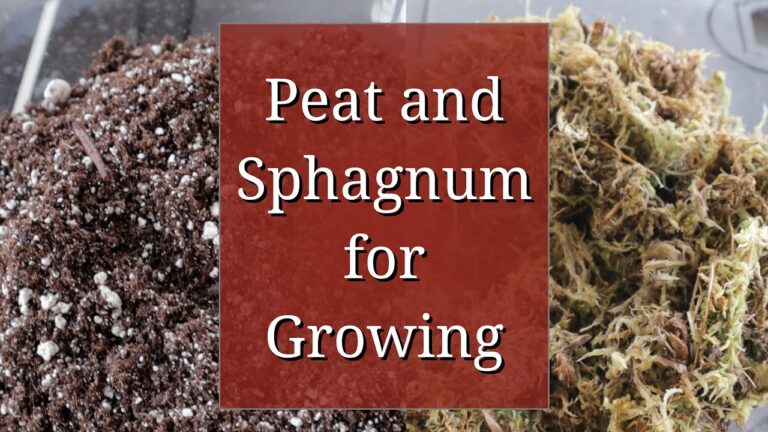Jason, a professional rose grower from Fraser Valley Rose Farm, emphasizes the benefits of reducing pesticide use through strategic gardening practices. In a recent discussion, he explored how integrating the right plants into your garden can naturally manage pests, attract beneficial insects, and support a healthier ecosystem without resorting to harsh chemicals.
Integrated Pest Management and the Role of Diversity
Integrated Pest Management (IPM) is a horticultural approach that prioritizes natural methods over pesticides to control pest populations. A key principle of IPM is fostering biological diversity, which involves planting species that attract and support beneficial insects. This balance can keep pest populations in check, reducing the need for chemical interventions. Jason explains that gardeners should aim for a tolerance threshold—a level of pest activity that is manageable without harming the garden’s overall health.
The Power of Four Plant Families
Jason highlights four plant families that are particularly effective in attracting beneficial insects:
- The Carrot Family (Apiaceae)
Plants like sweet cicely, eryngium (sea holly), and astrantia (masterwort) provide abundant flat-topped flowers that attract parasitic wasps and other beneficial insects. These plants self-seed readily, making them valuable for filling ecological niches. While some gardeners may worry about their spread, Jason emphasizes their role in supporting biodiversity. - The Mustard Family (Brassicaceae)
This family, including broccoli, kale, and cabbage, also features ornamental members like candytuft (Iberis), wallflowers (Erysimum), and lunaria (money plant). These plants bloom early in the season, providing essential resources for beneficial insects when other flowers are scarce. Their ability to thrive in cool weather makes them ideal for bridging seasonal gaps. - The Sunflower Family (Asteraceae)
Known for their iconic blooms, plants like sunflowers, daisies, and goldenrod are excellent for attracting pollinators and predatory insects. Jason also highlights less obvious members like liatris (blazing star) and Joe-Pye weed, which bring bold shapes and tall stature to the garden. Goldenrod, often misunderstood as an allergen, is an especially effective addition. - The Mint Family (Lamiaceae)
Renowned for their aromatic foliage, plants in this family—such as bee balm (Monarda), salvia, catmint (Nepeta), and agastache—attract beneficial insects while repelling pests. Jason notes their versatility in colour and form, making them valuable companions for roses and other garden plants.
Practical Considerations for Beneficial Plants
Jason advises selecting ornamental varieties within these families for their garden-friendly traits. While native or wild species can be equally effective, cultivated versions often bloom more prolifically and fit well into ornamental landscapes. By planting a mix of early, mid, and late-season bloomers, gardeners can ensure continuous support for beneficial insects throughout the year.
Applying IPM Principles Beyond Roses
While Jason’s focus is often on roses, he notes that these plant families are equally vital for vegetable gardening. Fast-growing vegetables can attract pests quickly, and without a robust population of natural predators, pest outbreaks can overwhelm crops. Integrating flowering plants around vegetable beds creates a stable base of beneficial insects, preventing pests from gaining the upper hand.
Building a Resilient Garden
Jason concludes with a reminder of the importance of biodiversity. A garden that supports beneficial insects not only reduces pesticide use but also creates a thriving ecosystem. Whether you’re growing roses, vegetables, or ornamental plants, incorporating diverse flowering species will help maintain a balanced and sustainable environment.






